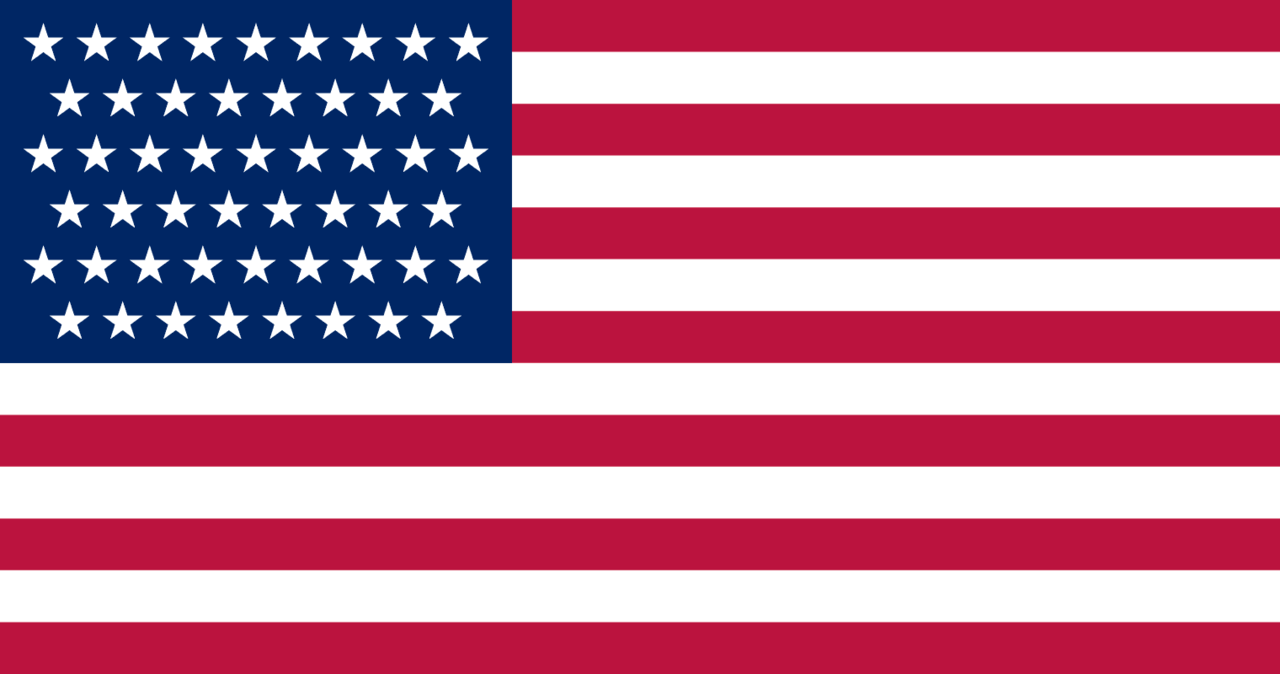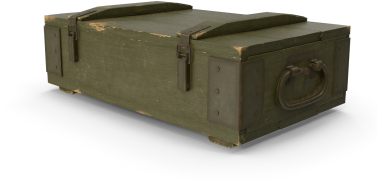On June 13th 1944, 7 days after the D-day landings in Normandy, a hard battle known still today as “the battle of Bloody Gulch” Hill 30 took place in the little village of Méautis, at the Donville Manor.
The Manor is situated about 1 mile from the town of Carentan.

The Donville Manor


Outbuilding of the Manor
During the Bloody Gulch battle, the Donville Manor was the headquarters of the German forces of the 17th SS Panzergrenadier Division Götz von Berlichingen, and survivors of the 6th Fallschirmjäger Regiment of Colonel von der Heydte, nicknamed the Green Devils.
The German took the manor on June 7th and chased away the Bucaille family.
Twelve paratroopers of the 101st Airborne Division were hiding in the Manor having being dropped far away from their objective, the lock of "La Barquette".
When the Germans entered into the Manor, the American paratroopers defended themselves, but the fight was uneven. Seven paratroopers were KIA, the others managed to escape.

Relic of an American parachute and items found at the Donville Manor

The German reprisals against the civilians was horrific. Ten civilians were shot, one because he had treated a wounded American paratrooper.

Graves of French civilians killed by the Germans, in the little cemetery of the Chapel close to the Donville Manor.

On June 12th, the 501st, 502nd and 506th PIR of the 101st Airborne “Screaming Eagles” finally took the town of Carentan after two days of hard fighting. The majority of the German 6th Fallschirmjäger Regiment still able to fight had moved to the southwest of the town the previous night, after been heavily bombed by the American Navy and artillery.
Carentan was a very important objective for the Allies, as it was the link between the two American landing beaches: Utah and Omaha Beach.
For the German forces, the loss of Carentan meant that it would be difficult to organize a counterattack of the Allied Invasion.
After being resupplied and helped by the soldiers of the 17th SS Panzergrenadier Division in the night of June 12th to the13th the German paratroopers tried a counterattack from the northeast in the direction of Carentan early in the morning on June 13th.
Meanwhile, the 101st Airborne, Parachute Infantry Regiments attacked at the same time the South-West of Carentan to enlarge the American defensive perimeter around the town.

The fields around the Donville manor, places of hard battle

The paratroopers of the 501st, 502nd and 506th PIR, supported by the 2nd US Armored Division, continued its progression towards the South-West and reached Méautis and the Manor of Donville.
But... the German had cleverly multiplied the defenses and traps in that sector.
The Americans went on the offensive, with the 506th PIR and its E, F and H Company upfront. The American paratroopers neutralized, with a bazooka, a Panther IV posted near the chapel, facing the Donville manor.
The 2nd Battalion of the 502nd PIR took up positions to the right of the 506th, but they suffered many casualties; the German counterattack was on the point of breaking through their defenses.

The chapel
The battle reached its peak on June 13th, the Americans led three assaults before being able to take control of the Donville manor.
A part of the building was destroyed, and dead American and German soldiers covered the floor.
Some dead soldiers laying in the path of the farm were crushed by the tracks of tanks. This macabre vision pushed the survivors to nickname this place “ Bloody Gulch”.
When the Bucaille family was able to return back to their farm, devastated by the combats, they discovered seven bodies in the house. Six of them were German, and one American laid on the floor of a bedroom.

A blood mark is still visible on the floor of the manor’s bedroom

Some bullets are still in the wall of the Manor

Battlefield relics found on the ground of the Manor in 2009


The American victory led to the linkup of forces from Utah and Omaha beaches creating a secured area for further American operations.
It was meant to be! Elements of the 507th PIR / 82nd Airborne Division dropped by mistake behind Carentan, played a significant role in the successful capture of Carentan and the Battle of Bloody Gulch, what is known today as "Bloody Sunday" in Graignes.
They slowed down the advance of the German 17th SS Panzergrenadier Division and caused the Germans significant losses in the few days that they were holding Graignes.
Their heroism greatly influenced the issue of the battle of Bloody Gulch and the taking of Carentan.


















